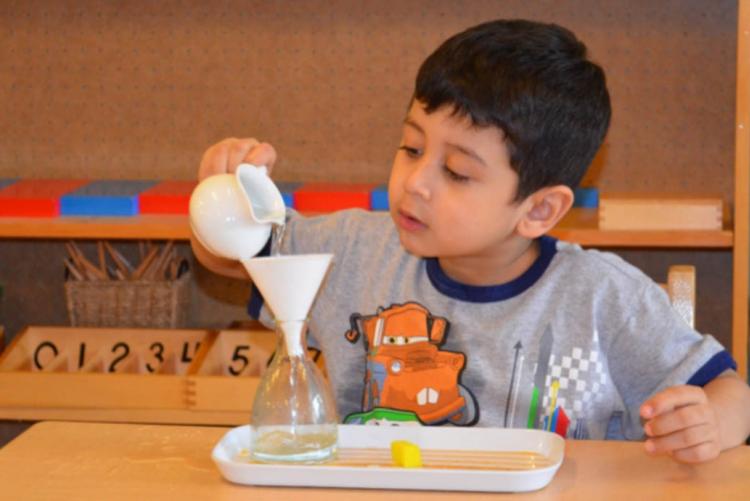
For Maria Montessori, the young child displays a unique capacity for absorbing sensory impressions from his environment.[1]
“The absorbent mind”[2] is a central theme of the Montessori theory of education.
According to Montessori, the child unconsciously and directly absorbs the knowledge of the environment and incorporates it into his psyche.
Therefore, the environment is an essential part of the Montessori education system, and Montessori created in her schools an environment for the children where they were able to move freely and choose their own work throughout the day.[3]
The materials, known as manipulatives, that Montessori created for use in her classrooms, were also designed with this idea in mind, so the child could learn freely, guided by his teacher, in a prepared environment that appeals to his whole-self.
For example, Montessori wrote that “The human hand […] not only allows the mind to reveal itself but it enable the whole being to enter into special relationships with its environment.”[4]
This quote shows how important was the child’s environment for Montessori and how its careful preparation and supervision by the teacher can support the education of the whole child.
[1] See above Lascarides, p 149.
[2] M. Montessori, The Absorbent Mind (2012).
[3] M. Montessori, The Discovery of the Child, p. 9 (1986).
[4] M. Montessori, The Secret of Childhood, p. 81 (1972).
